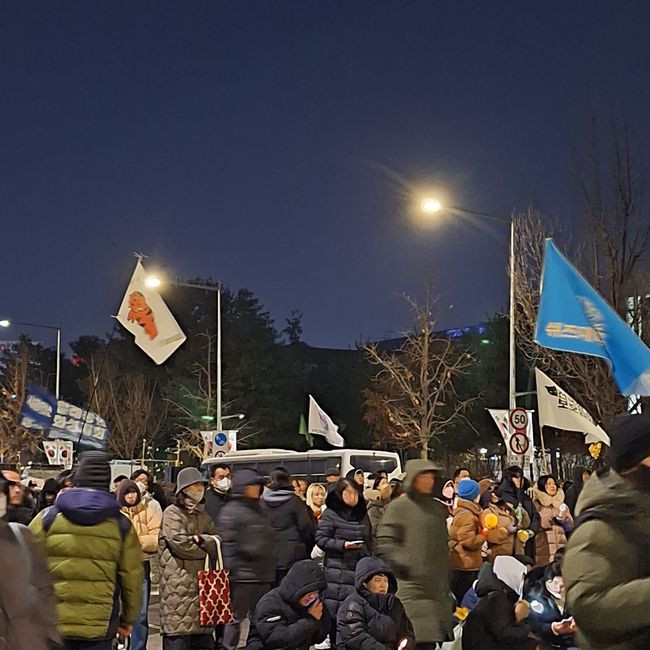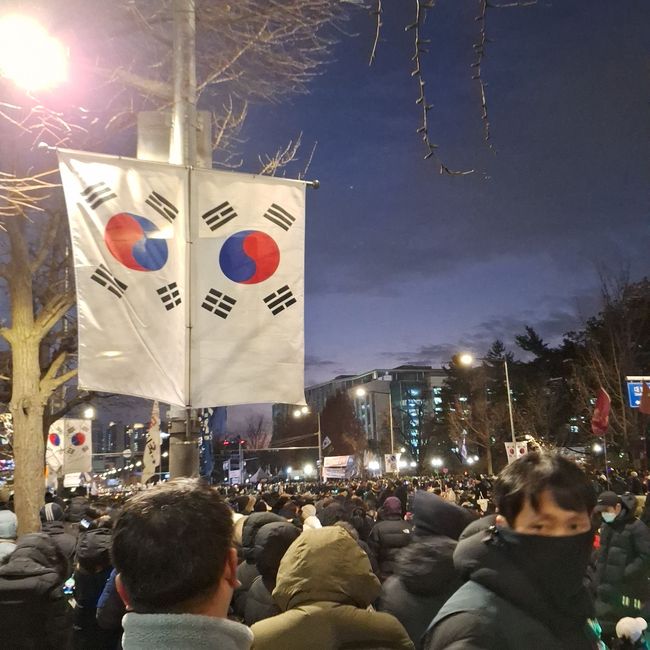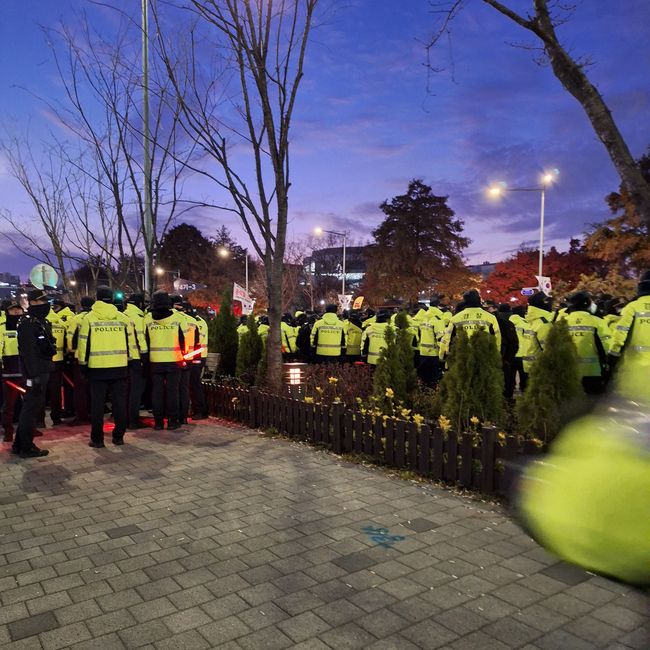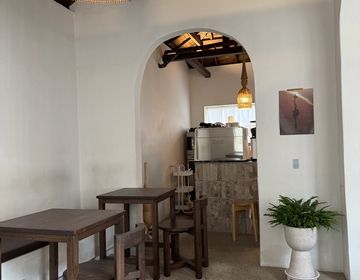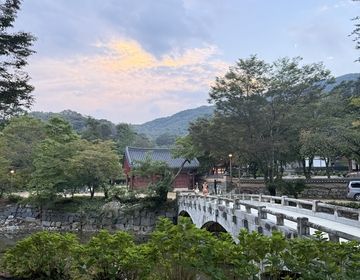Living Through History: A Night of Martial Law in South Korea
By: Sophia Quick
I was awake when President Yoon Sukyeol declared martial law in South Korea. It was only about 10:30 pm, but the events that followed were large enough in magnitude to have me up for several hours afterwards.
Of course, the internet erupted immediately. I checked in on my Korean friends, where were all in some state of shock or disappointment. “I think he was drunk,” one of my friends said, referencing the President’s well-known proclivity for alcohol. “This is so embarrassing,” said another. I didn’t really know what to say in return, so I found some funny memes on Twitter and hoped that would make them laugh in the face of their country collapsing around their ears.
By 12:15 am, soldiers were breaching the National Assembly building. I heard helicopters and planes fly over my dorm, as Yonsei University is just across the river. The main event ended pretty quickly, however - the National Assembly unanimously passed a resolution to lift martial law at 1:00 am. This didn’t end the issues, as the news quickly informed us that the President had to confirm the resolution, and he wasn’t doing that. So what now?
CIEE emails everyone in our program, informing us that we should not leave the Yonsei campus - martial law was not revoked yet. My Korean professors also got on email and our group chats, keeping us updated about the school policies and the status of class attendance. I emailed CIEE back - did staying in mean we could go to our classes? CIEE responded - stay in the dorms until further notice. I was prepared to hole up the next day, or even indefinitely. I looked up what martial law meant: curfews, social media and news restrictions upon all civilians, the increased presence of police and the military in the streets, increased risk of arrest/detainment, etc. It seemed better to just stay in the dorms.
At 3:15 am, the U.S. Department of State held a press briefing, saying all the usual about close contact and peaceful resolutions. The White House informed viewers that they were not informed in advance, which further cements the rumors floating around that President Yoon jumped the gun in his fear and paranoia that he was losing power in his government.
By 4:30 am, President Yoon confirmed that he was rescinding the martial law decree in accordance with the resolution the National Assembly passed. Right afterwards, I received more emails from CIEE and my professors: class was on again, all normal activities resumed, etc. By this time, the hot situation was over, so I went to bed.
The ramifications of this are simply enormous. South Korea has survived through several dictatorships, and years and years of martial law. To have it called again after decades of hard-won peace shook a lot of Koreans, especially the older ones. There wasn’t chaos in the streets, per se, as Koreans are too stately for that. But the protests that came that weekend were extremely well-attended and loud. I was walking to meet a friend for dinner on Saturday night and passed quite a few larger ones. I got out of dodge quickly, but I do admit I stayed to observe just long enough to take a few pictures. It was actually very difficult to NOT run into protests on Saturday, even though the distance I walked to the restaurant was fairly short. Every time I turned onto a new street, something was happening. Some protests were bigger than others; some were noisier; some were populated by a very young or old crowd. All of them had high police attendance, and all of them had a very coordinated flag/banner/candle effort.
What I learned from my few minutes observing some protests is that the Korean people are not going to let this bring them down - they are passionate and willing to fight for the rights and freedom that they have worked hard to obtain and maintain. And they’ll do it peacefully and safely - unlike a lot of places in the world, which I think have a lot to learn from South Korea.
Related Posts
My Time in South Korea Attending Yonsei University: A Life-Changing Chapter
By: Zahrraa Al-Salman Studying abroad had always been a dream of mine—an opportunity to step outside of my comfort zone, immerse myself in a new culture, and deepen my understanding... keep reading
